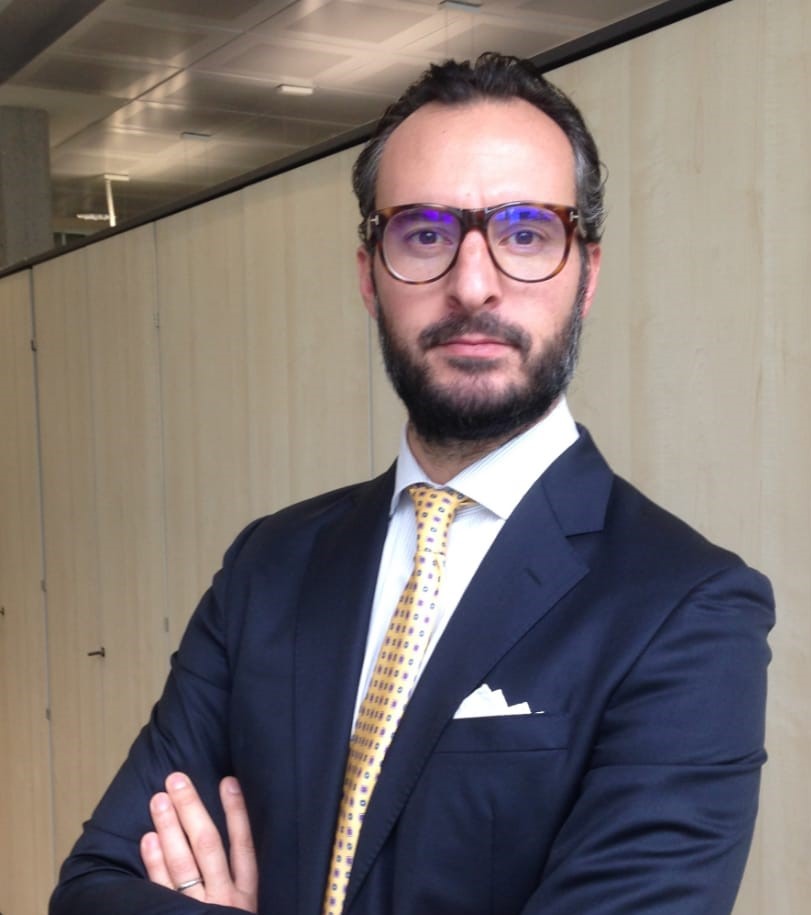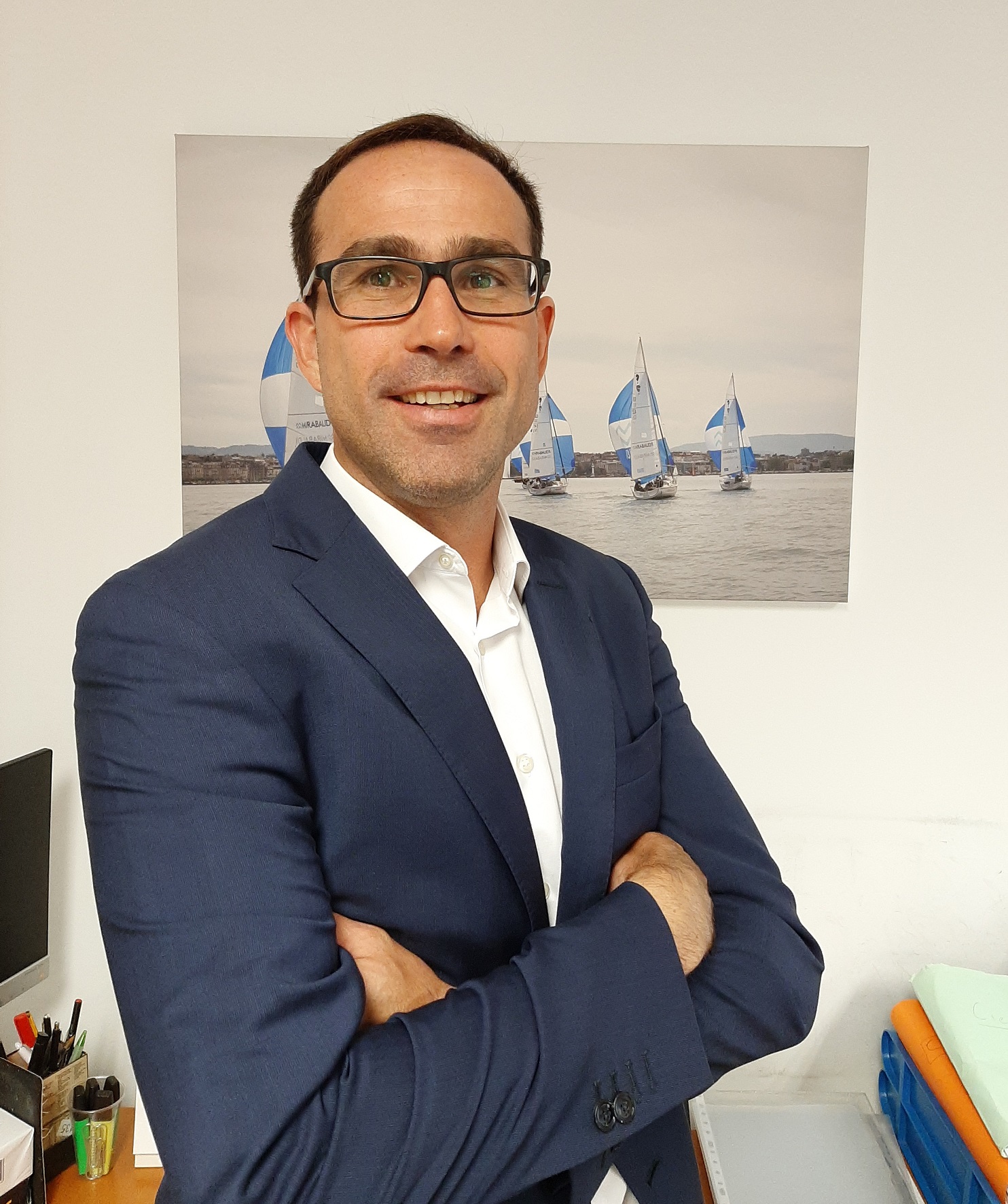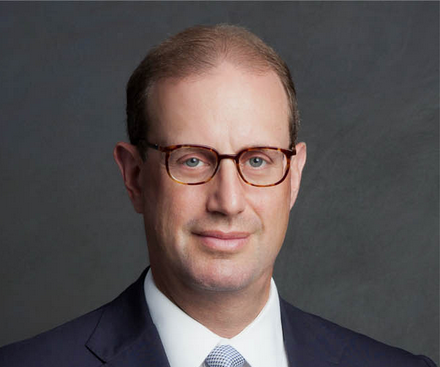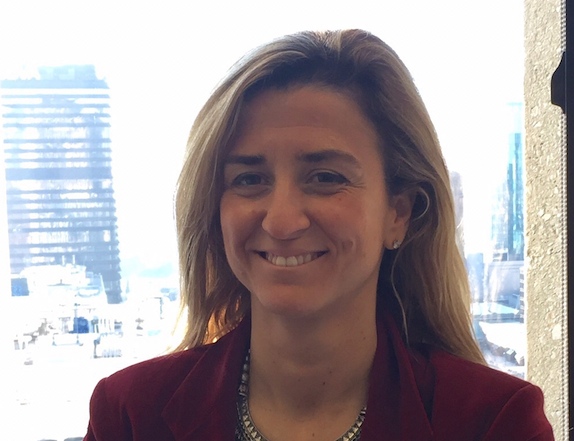Los fondos de pensiones chilenos acumulan una rentabilidad real del 15,28% en 2019, su mejor desempeño en una década
| Por Fórmate a Fondo | 0 Comentarios

Pese a la fuerte volatilidad que ha experimentado el mercado financiero desde el 18 de octubre pasado, sumado a los vaivenes que también muestran los activos financieros internacionales, en lo que va de este año los fondos de pensiones chilenos han logrado mantener una buena trayectoria, acumulando una rentabilidad real de 15,28% en el período enero-noviembre de 2019.
Tras este resultado, los ahorros previsionales de los trabajadores totalizaron activos por 193.625 millones de dólares al 30 de noviembre pasado.
Si bien el escenario interno impactó la rentabilidad de corto plazo de los fondos de pensiones más conservadores, en una perspectiva de largo aliento la diversificación de las inversiones realizadas con esos activos ha dado positivos resultados. De acuerdo al informe mensual de la superintendencia de Pensiones, en los 11 primeros meses de este año el Fondo A (más riesgoso) aparece liderando, al obtener una rentabilidad real acumulada de 22,5%, su mejor desempeño en los últimos 10 años. Le siguieron el Fondo B (riesgoso), con un retorno real para el período de 17,73%, y luego el Fondo C (intermedio), con una ganancia de 15,28%.
Los portafolios de inversiones también dieron buenos réditos para el Fondo D (conservador), que entre enero y noviembre de este año experimentó una ganancia real de 11,08%, y significaron una trayectoria igual de positiva para el Fondo E (más conservador), que en los 11 primeros meses de 2019 acumula una rentabilidad real de 6,17%.
Según el informe mensual de la superintendencia, la coyuntura actual ha dado curso a una mayor volatilidad de los precios de los instrumentos financieros y del tipo de cambio, afectando al mercado de renta fija y accionario y, con esto, el desempeño de corto plazo de los fondos de pensiones. Así es como, por ejemplo, mientras al Fondo A (más expuesto a instrumentos de renta variable extranjera) rentó un 8,55% real en noviembre pasado, el Fondo B (cuya cartera de inversión es similar, pero con menos renta variable extranjera) ganó un 5,23%, y el Fondo C terminó el mes con un avance de 2,33% real.
Por el contrario, los fondos D y E ha visto afectada su rentabilidad mensual dado que sus carteras de inversión están más expuestas a instrumentos de renta fija nacional y estos, a su vez, han sido impactados por recientes aumentos de las tasas de interés. De esta manera, mientras el Fondo D (con un 66,1% en inversiones en renta fija nacional) perdió un 0,95% real en noviembre pasado, el Fondo E (cuya cartera de inversiones en un 91,6% está en papeles de renta fija local) cayó un 2,60% real.
Es importante tener presente que la administración de los fondos de pensiones tiene como objetivo maximizar su rentabilidad en el largo plazo, buscando una mayor acumulación de recursos para financiar la pensión futura de una persona. Para esto, las administradoras invierten en distintos instrumentos y mercados, tanto en Chile como en el extranjero. De esta forma, se diversifican los riesgos a los cuales están expuestos.
Lo anterior se ve reflejado en los siguientes gráficos que dan cuenta de la de la composición de la cartera de los fondos de pensiones.





La rentabilidad de los fondos de pensiones A, B y C se explica principalmente por las ganancias que presentaron las inversiones instrumentos extranjeros. Esto fue parcialmente contrarrestado por las pérdidas de las inversiones en acciones nacionales y títulos de deuda local. Al respecto, los resultados positivos observados en los principales mercados internacionales se vieron acentuados por la fuerte depreciación del peso chileno respecto de las principales monedas extranjeras, lo que contribuyó a las posiciones sin cobertura cambiaria. Lo anterior se puede apreciar al considerar como referencia la rentabilidad en dólares del índice MSCI mundial, con un alza de 2,82%1, la apreciación de la divisa estadounidense, con un aumento de 14,03%, y el retorno mensual de los títulos accionarios locales medido por el IPSA, que cayó 7,42%2 en el mes.
Por su parte, el desempeño de los fondos D y E se explica principalmente por la caída que presentaron las inversiones en instrumentos de renta fija nacional y acciones locales. Esto fue parcialmente compensado por la rentabilidad de las inversiones en instrumentos extranjeros.
Al respecto, en noviembre pasado se observó un alza en las tasas de interés de los instrumentos de renta fija nacional, lo que implicó un aporte negativo a la rentabilidad de estos Fondos por la vía de las pérdidas de capital.












